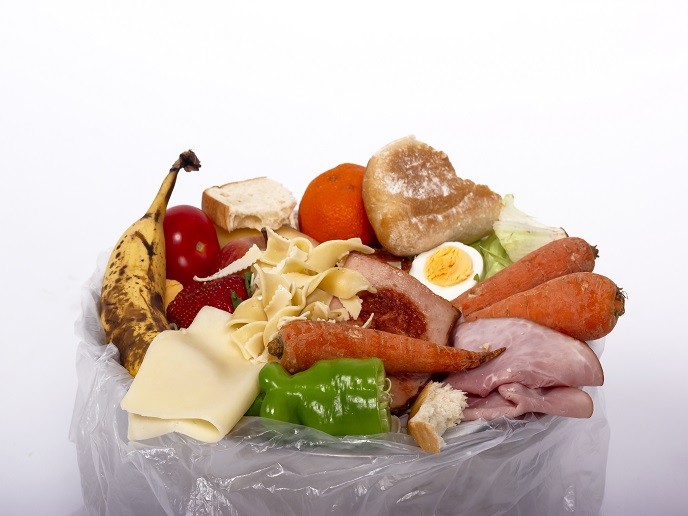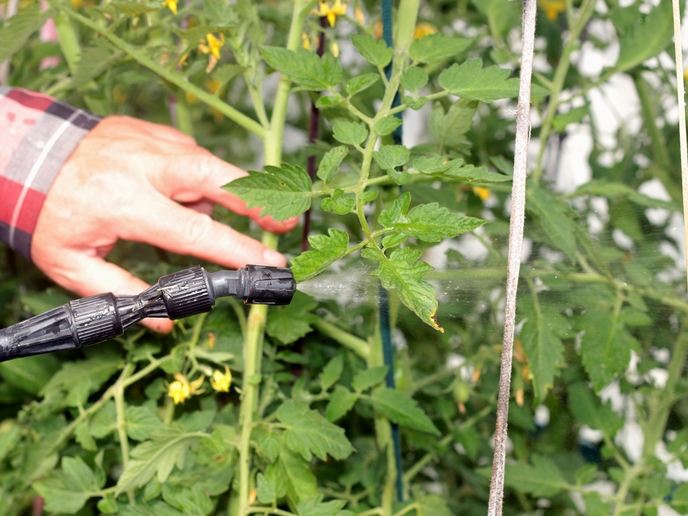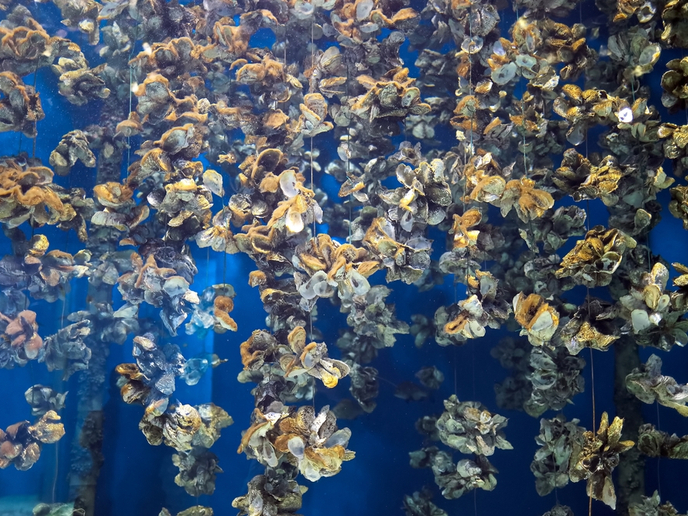Expert network aims to tackle vineyard diseases
While the EU remains a leading wine producer – accounting for 45 % of wine-growing areas, 65 % of production and 70 % of exports in global terms – it nonetheless faces a number of industry-threatening challenges. One of these challenges is vineyard diseases, which given their cross-border nature can only be effectively tackled through strong member state cooperation. ‘We have seen decreasing productivity within vineyards due to diseases such as grapevine trunk diseases, Flavescence Dorée, downy and powdery mildew and more,’ explains WINETWORK project coordinator Eric Serrano, South West Manager of the French Institute for Vine and Wine. ‘These diseases are very well-known in many vineyards and can have a major economic impact on the industry. In part due to the move towards reduced pesticide use, we have to develop new ideas for tackling diseases.’ Indeed, fungicides such as sodium arsenite or 8-hydroxyquinoline have been banned in Europe. With no highly effective treatments available, new strategies are needed. Spreading knowledge This is why the EU-funded project has focused on strengthening knowledge and dissemination structures at the European level. ‘We wanted to focus on improving winegrowers’ knowledge of diseases; put in place the means to better coordinate European research and highlight new ideas,’ says Serrano. ‘We want to see knowledge about tackling diseases reach a much wider audience than just those involved in this project. Winegrowers should also be able to share different kinds of knowledge, experiences and approaches.’ A key result is the project‘s Knowledge Reservoir on Flavescence Dorée and Grapevine Trunk Diseases. This online platform aims to play host to all worldwide existing knowledge on these topics, and has been developed with both researchers and winegrowers in mind. ‘Stakeholders – such as scientists, advisors or winegrowers – can contribute to this archive by uploading their videos, images and documents in a few simple steps,’ says Serrano. ‘With many winegrowers testing innovative and sustainable approaches to fight against diseases, it is vital that we capture and share these ideas between European countries.’ The project also developed 16 technical datasheets, five end-user flyers, four technical articles, and three video clips to help spread information on tackling disease. The success of this dissemination has led to researchers picking up on several innovations, which are currently undergoing scientific trial. ‘Partners are also studying the possibility of transferring some results to other agricultural sectors,’ adds Serrano. Facilitating a healthy industry Another success of WINETWORK’s methodology has been its effective use of facilitator agents. The project established a network of ten – one for each wine region involved in the project – in order to update winegrowers and researchers with relevant information and help to connect them with project participants elsewhere. ‘This has been the key to our success because it enabled everyone involved in the project to be in permanent contact,’ says Serrano. ‘This has been the missing link between science and practice.’ These ten facilitator agents worked with regional working groups and two scientific working groups, forming a network that enabled scientific results to be transformed into practical information and end user materials. This effective model for facilitating knowledge transfer is something that can be replicated in other projects and in other industrial fields.
Keywords
WINETWORK, vineyard, wine, Flavescence Dorée, Grapevine Trunk Diseases, Serrano, pesticides, fungicide







